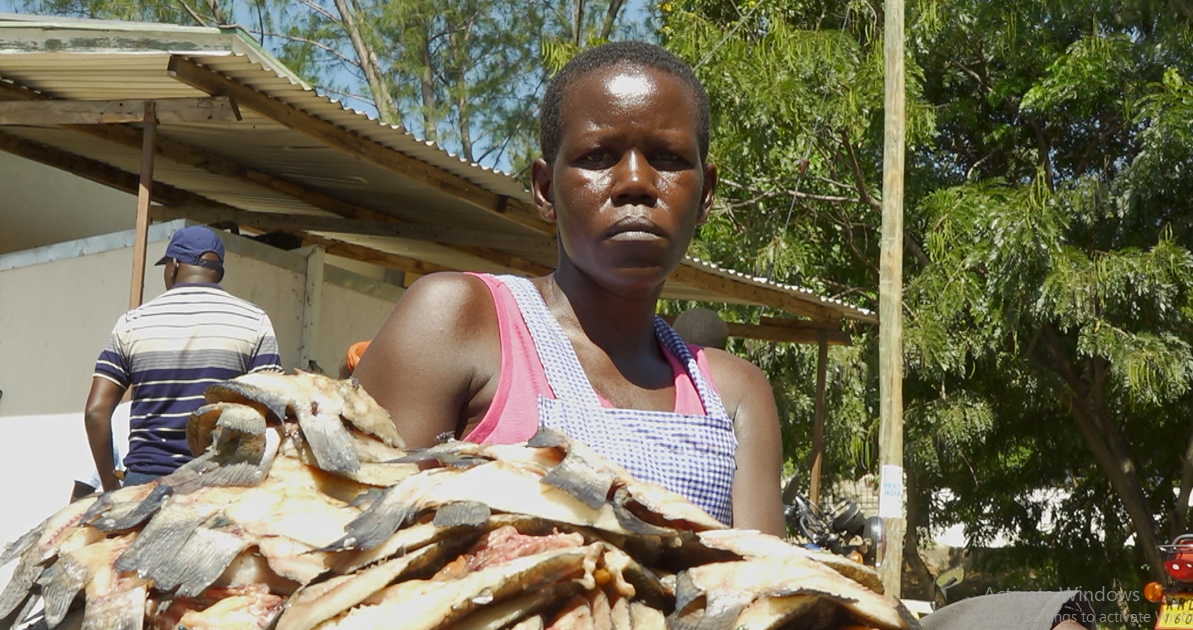Scientists investigating the massive deaths of caged fish on Lake Victoria have identified upwelling of water as the cause of the major disaster that has caused losses worth more than Sh 1.4 billion.
Upwelling, a natural phenomenon is caused by changes in wind direction which affects currents in the lake causing the mixing of the deep waters with that from the surface of the lake.
Kenya Marine and Fisheries Research Institute (KMFRI) Director of Fresh Water Systems Research Dr. Christopher Aura said the effect which results in oxygen deficiency was to blame for the deaths of millions of caged fish in the lake over the past one month.
“The water which is on the surface is light and has high temperatures. It is forced to move away and the water from below comes up and occupies that space. When upwelling occurs it takes about an hour or less and the fish which is confined in the cages is deprived of oxygen,” he said.
Massive upwelling, he said occurs in February-March and September-October resulting in deaths of wild fish and caged fish.
Due to climate change however, he said there can be a slight shift in the months the phenomenon occurs in some cases skipping a year.
Spotted upwelling which is unpredictable, he said, can also occur in any part of the lake at any time.
This is the worst natural disaster to affect the fisher folk in the area after the 2019 upwelling which saw thousands of Nile Perch fish die in the lake.
Lack of best management practices, he added, has exacerbated the situation since some of the farmers failed to observe the set stocking density regulations.
To safeguard against losses in future, Dr. Aura asked cage fish farmers in the area to form Savings and Credit Co-operative Societies (SACCO’s) through which they can purchase water oxygen meters.
The gadgets, he said, would enable them to check oxygen levels and harvest their stocks whenever it falls below 3 mg per liter.
The farmers, he added, have also been sensitized to always look out for any suspended organic matter on the surface of the lake and at the same time observe their stock to detect any signs of struggling to breathe.
“We are advising the farmers to always look at the mouth of their fish. If it is open it means the fish is struggling to breathe,” he said.
However not all is lost, Dr. Aura said as more losses continue to be reported by cage fish farmers in the area, the fish was fit for human consumption.
He cautioned the farmers to observe the quality of the fish removed from their cages before releasing it into the market for consumption.
“Press the skin and if it returns back to normal in thirty seconds then the quality of the meat has not been compromised. Look at the eyes too and ensure that they are not sunken, cloudy or pale red,” he cautioned.
Another measure, he said, was examining the gills to ensure they are reddish brown or pale red.
Once this has been confirmed, he said they can remove the gills and viscera and dissect the fish which can then be salted and smoked or refrigerated for future consumption.
Meanwhile the affected farmers have urged the government to come to their rescue and cushion them from the huge losses.
Ogal Beach Management Unit (BMU) Chairman Moses Owino said all the 62 farmers with over 600 cages in the area have been affected.
“We have lost 364 million fish from the over 600 cages. This loss is close to Sh. 1.4 billion,” he said.
Most of the farmers, he said, had taken loans from banks and Micro Finance Institutions to venture into fish production but were now on the brink of being auctioned.
By Chris Mahandara



